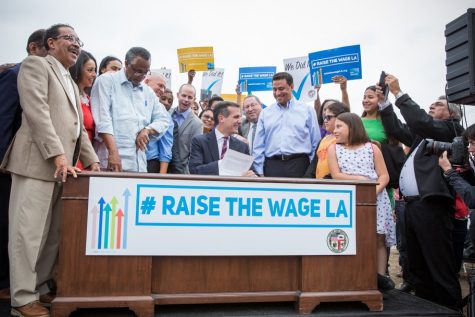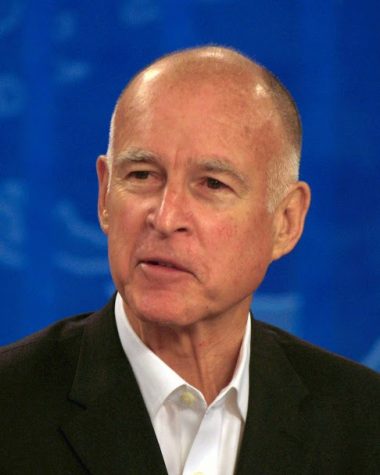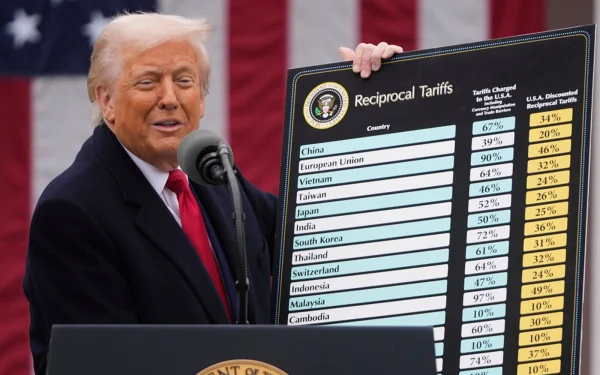Taking the Minimum to the Maximum
On March 29th, California Governor Jerry Brown decided on a deal that is going to raise California’s minimum wage to fifteen dollars an hour. This will make California the first state in the U.S. to have a fifteen dollar minimum wage.
However, the wage raise is not going to happen all at once. The plan takes until 2022 to actually reach fifteen dollars. The minimum wage just reached ten dollars this January and will slowly rise over the next six years until it reaches fifteen. According to the LA Times, Brown plans to increase “the current $10 statewide minimum wage by 50 cents on January 1st to $10.50 an hour. From there, it would rise to $11 in 2018 and subsequent dollar-a-year increases ending at $15 on January 1st, 2022.”

This increase in pay is extremely beneficial to many Californians struggling with the state’s high living cost. The wage raise will help minimum wage workers who are barely scraping by to be able to have more for themselves and their families. One specific person this increase will help is Rafael Gutierrez, a 53-year-old farmworker, who says that “the increase would let him treat his family to weekend dinners out and a short vacation to Disneyland from his home in Fresno County.” Gutierrez states, “Right now, we’re just making it. Life is expensive.” Before this January, when the minimum wage was changed to ten dollars an hour, the California minimum wage was nine dollars and the federal minimum wage is still currently 7.25 dollars an hour. Meaning, even people who are struggling now, were struggling even more before.
Even though the minimum wage raise will help many people who are struggling to support themselves and their families, it could also cause a big problem for some. It is very possible that this raise in minimum wage will also bring a rise in unemployment. According to the New York Times, “San Francisco and San Jose, both high-wage cities that have benefited from the tech boom, are likely to weather the increase without so much as a ripple. The negative consequences of the minimum wage increase in Los Angeles and San Diego–large cities where wages are lower–are likely to be more pronounced, though they could remain modest on balance.” California governor Brown also recognizes these risks. “If you took the wages down and cut them in half, it would make it easier for certain businesses, but you can’t function that way, because we’re a community.” “It’s a matter of economic justice,” he said, “and it makes sense.”

Despite these risks, there is no doubt that this plan will help many. Several groups including Raise the Wage have been working to get a higher minimum wage for a while now. Raise the Wage is a campaign to raise the minimum wage, especially in the Los Angeles County. It is the work of groups like Raise the Wage, and the many people who participated in hearings, protests, and other activities, who are partly responsible for the minimum wage raise.
California’s plan also might inspire other states to start raising their minimum wage. New York lawmakers have already decided and come up with a plan to increase the minimum wage to fifteen dollars by 2019 in New York City. Other parts of New York State are going to be pushing toward $12.50 by 2020 and then move to fifteen from there. Some states already have cities at a fifteen dollar minimum wage, like Seattle. But, New York and California are the first to be adopting this wage raise as a whole state. At a news conference in Sacramento, Brown stated, “I’m hoping that what happens in California will not stay in California, but spread all across the country.”
In a way, California is taking part in a big experiment. It is possible that Governor Brown’s minimum wage increase could benefit the population of low wage workers and their families. However, it is also possible that it will increase unemployment during the six years to come. Or, possibly both will occur. If things go smoothly with California over the next few years, then other states will likely begin following its lead in giving workers more.





